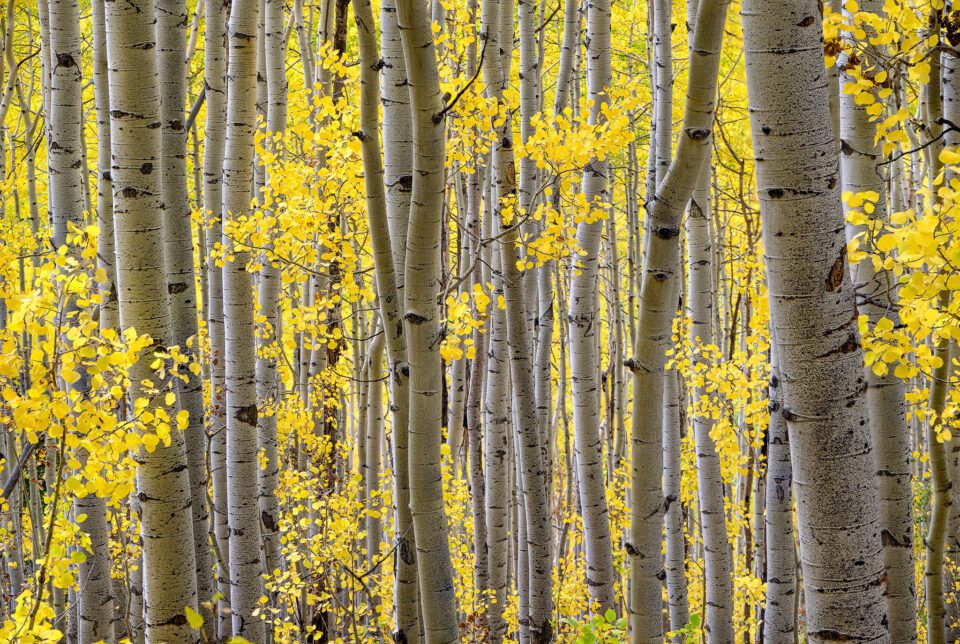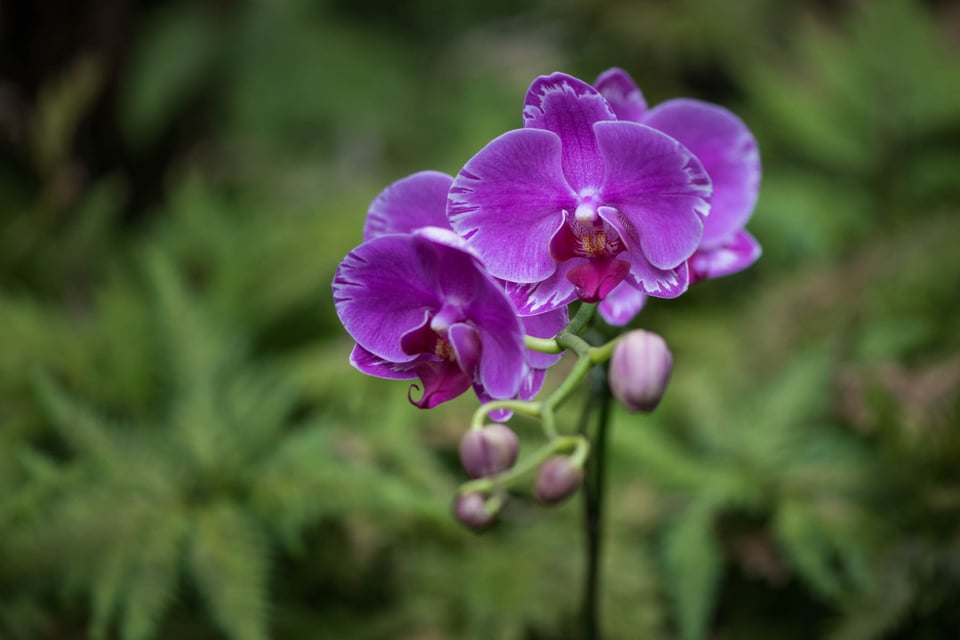قائمة بما يحتاجه مصوري الرحلات
A Packing List for Travel Photographers


سواء كنت تحزم أمتعتك لرحلة تصوير قصيرة على الطريق أو لإقامة لعدة أسابيع، فقد يكون من الصعب التأكد من حصولك على جميع معدات الكاميرا اللازمة، دون تحميل حقائبك بشكل زائد! في هذا الدليل، قمت بوضع قائمة بالمعدات التي يجب على المصورين أن يحزموها في كل رحلة.
Whether you’re packing for a short photography road trip or a multi-week sojourn, it can be tricky to make sure you have all the necessary camera equipment, without overloading your bags! In this guide, I’ve laid out a list of the equipment that photographers should pack on every trip.
A Packing List for Travel Photographers


سواء كنت تحزم أمتعتك لرحلة تصوير قصيرة على الطريق أو لإقامة لعدة أسابيع، فقد يكون من الصعب التأكد من حصولك على جميع معدات الكاميرا اللازمة، دون تحميل حقائبك بشكل زائد! في هذا الدليل، قمت بوضع قائمة بالمعدات التي يجب على المصورين أن يحزموها في كل رحلة.
Whether you’re packing for a short photography road trip or a multi-week sojourn, it can be tricky to make sure you have all the necessary camera equipment, without overloading your bags! In this guide, I’ve laid out a list of the equipment that photographers should pack on every trip.








تعليق